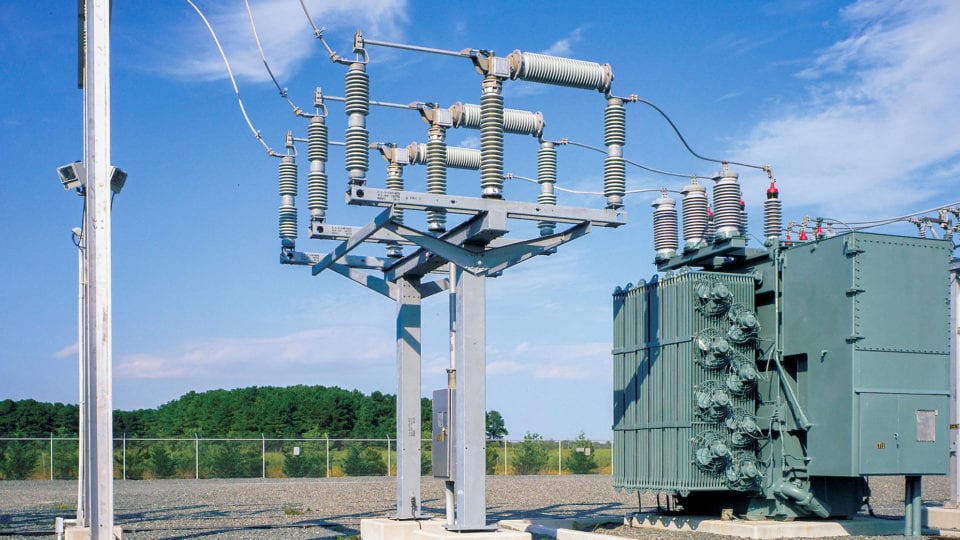Using asset replacement to improve power reliability
Jonathan Hopkins, EMEA sales director at S&C Electric Company, discusses the importance of replacing ageing assets.
12th July 2019 by Networks

A large proportion of utility electricity-distribution assets were built between the 1950s and 1970s, and they are reaching the end of their design life. Assets may not fail because of age alone, but exposure to severe weather and general wear and tear will affect their condition and performance over time. As such, asset replacement is a key activity as electricity distribution companies work to sustain and improve their networks’ performance.
This is especially important when customers’ expectations for power reliability are higher than ever and decarbonisation places greater requirements on the networks.
Space is at a premium, however, especially for typical 66-kV and 132-kV substations. Moving transformers, cables, structures, and other equipment to accommodate replacement of isolators and disconnects is typically not an option, given the costs.
However, relying on assets that have deteriorated is not the answer either. Ageing isolators and disconnects will have general contact wear and insulation that has degraded. This can mean reduced performance ratings and an increased risk within Ofgem’s asset-health framework.
Legacy isolators and disconnectors require considerable coordination between the control room and site personnel to ensure they are operated safely.
Solutions such as S&C’s Series 2000 Circuit-Switchers are ideal for replacing aging isolators and disconnects. They provide an upgrade to the existing network and a cost-effective means to integrate additional distributed energy resources. Their compact design suits substations and are ENA assessed. They provide additional protection, a point of isolation, safer operation, and reduced maintenance costs.
For further information visit www.sandc.com or email
Comments
Login on register to comment
Related content

Power
The future for vegetation management
Why networks should focus on data not trees to overcome the costly challenges involved in vegetation management

Power
An unprecedented opportunity for change
Why short interruptions will matter in RIIO-ED2 and how to address them.

Power
Time for less talk and more action on decarbonisation
Core "oven-ready" solutions to decarbonising heat and transport exist today and should be implemented without delay, says WPD's future power networks expert.
Related supplier content
![‘Learning by doing’ on the road to net zero [test product]](https://networksonline.s3.amazonaws.com/products/images/3.jpg)
People & Skills
‘Learning by doing’ on the road to net zero [test product]
DSO director Andrew Roper discusses 'Learning by doing'

Power
Load patterns and lockdown: how Covid-19 is impacting electricity networks
Insights into dynamics on the low voltage network as the outbreak unfolds

Downloads
Protect electrical equipment from insulation failure
Insulation faults are a major cause leading to the eventual failure of electrical equipment. Partial discharge (PD) is a very reliable indicator of developing insulation faults. Regular PD testing allows users to detect and analyze PD activity